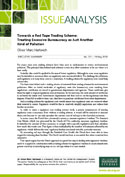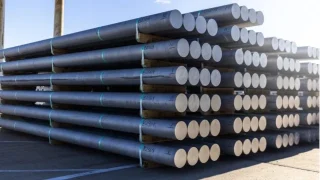
For many years now, trading schemes have been used as mechanisms to reduce environmental pollution. The principal idea behind such schemes is that they allow emissions to be cut where it is least costly.
A similar idea could be applied in the area of better regulation. Although in some areas regulation may be desirable or necessary, there are regulatory costs associated with it. The challenge for politicians and regulators is to keep these costs to a minimum. A trading scheme for regulatory costs could help achieve this.
The basic idea behind such a trading scheme is borrowed from trading schemes for environmental pollutions. After an initial stock-take of regulatory costs (the bureaucracy costs resulting from regulation), certificates are issued to government departments and agencies. These certificates give them the right to impose regulatory costs on business. In the next step, the total amount of certificates is cut below the initial level. Government departments will then have to cut the regulatory costs they impose; if they fail to achieve these cuts, they have to purchase certificates from other departments.
Such a trading scheme for regulatory costs would ensure that regulatory costs are removed where their removal is easiest. Regulators would be free to creatively simplify regulations and reduce their burden on society.
In order to make a regulatory cost trading scheme work, a precise measurement of existing regulatory costs is necessary. Even without a trading scheme, it would still be desirable to measure these costs because we can only speculate the current costs of red tape to the Australian economy.
In recent years, the Dutch have pioneered a system to measure regulatory burdens. The Standard Cost Model, which was pioneered by the Dutch ACTAL authority, measures regulatory burdens.
It identifies the amount of time necessary to comply with a specific regulation and then calculates how much this would cost. This figure is then multiplied by the number of businesses affected by the regulation, which delivers the total regulatory burden associated with this particular measure.
By measuring red tape through the Standard Cost Model, the Dutch have been able to issue targets for reducing these burdens. The Dutch model has been so successful that other countries have adopted it.
This report argues that the Dutch approach is a good first step in dealing with regulatory burdens, and if it is applied in combination with a trading scheme for regulatory burdens it could unleash even greater creativity in identifying ways to cut red tape where it is least needed.
Dr Oliver Marc Hartwich is a Research Fellow at The Centre for Independent Studies.











